EM@3AM: Stercoral Colitis
EMDocs
JANUARY 11, 2025
If sepsis or septic shock is present, aggressive fluid resuscitation and empiric antibiotics covering intra-abdominal flora should be administered. Therefore, administration of IV morphine (A) would not be recommended. Fecal Impaction and Nonperforated Stercoral Colitis: Red Flags for Poor Outcomes. Mathis, K.





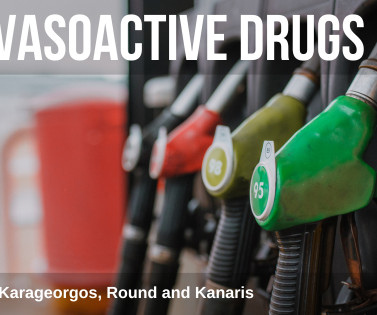











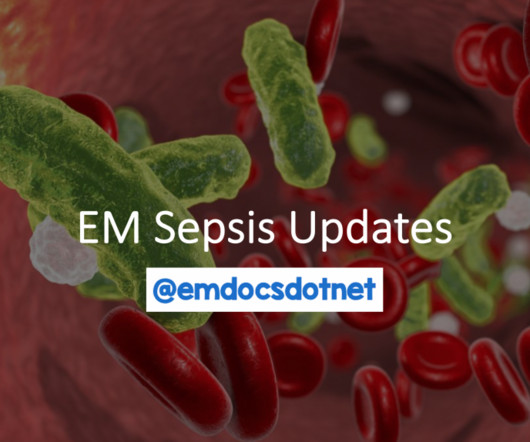


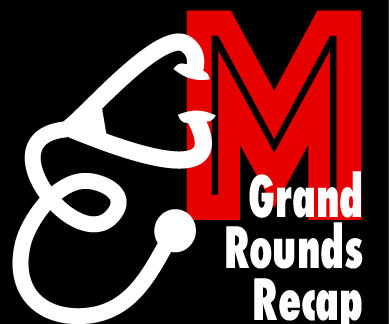

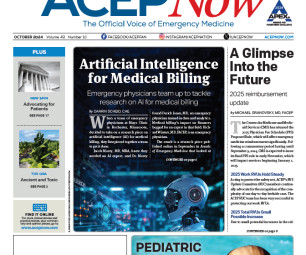




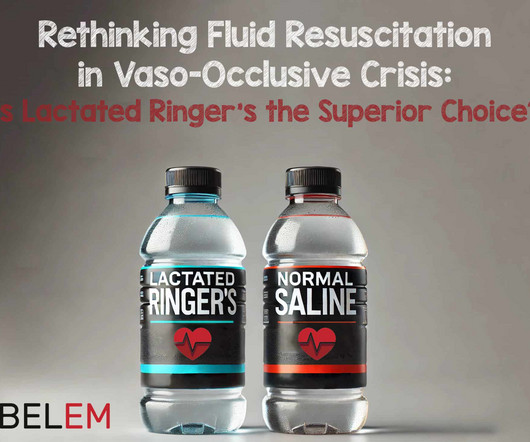









Let's personalize your content